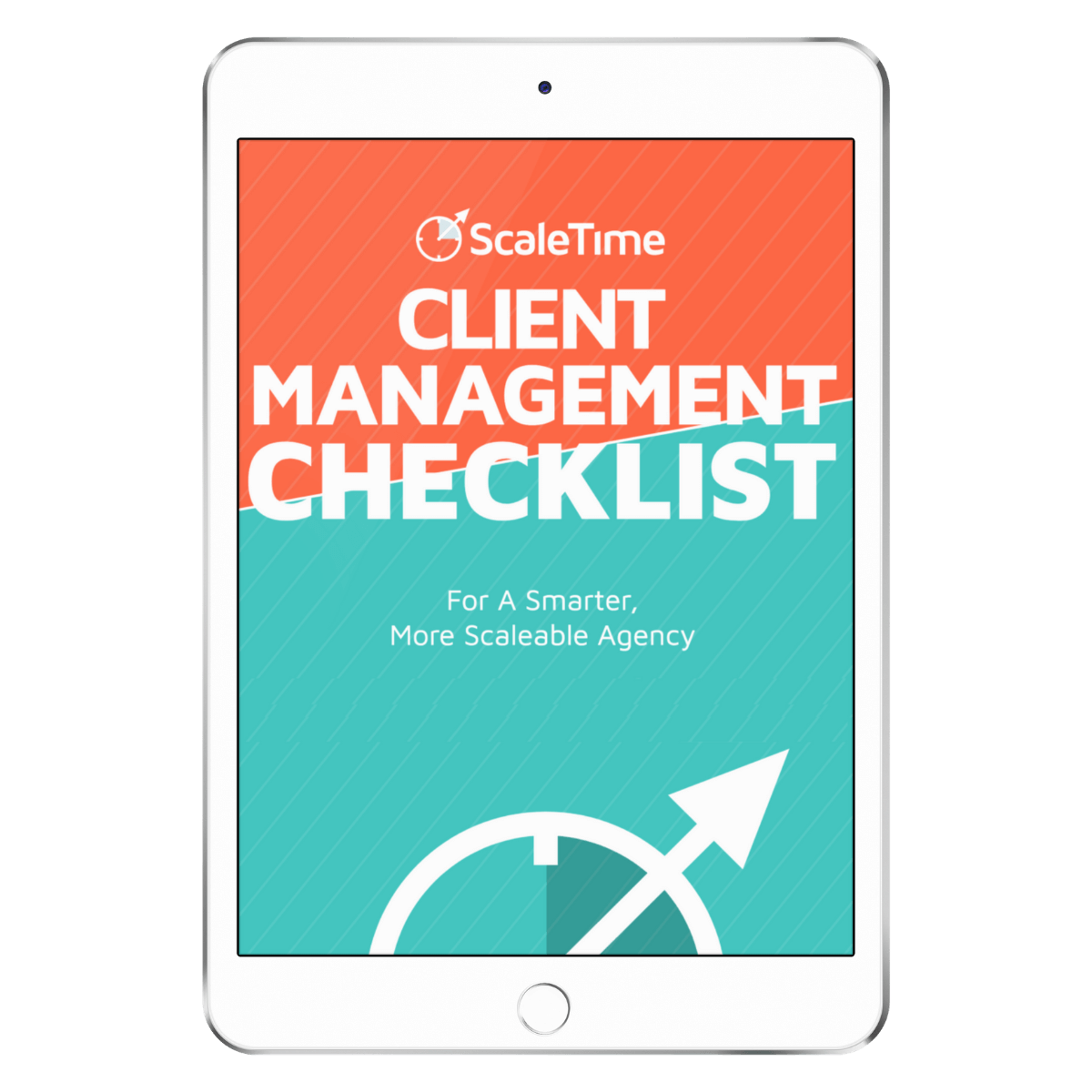
“Juliana, how do I hire the right team members, the ones that are going to stick around and do a great job?”

Almost 35% of people quit a job within the first six months of being hired.
That’s a pretty big turnover rate when you stop to consider the time and resources devoted to recruiting, especially when you take lost revenue for business both large and small into consideration. No matter the size of your business, your goal is to keep profits — and your employee retention rates high – but, you may need to change your tactics in order to succeed.
With just a few simple changes to your hiring process, you will find yourself ahead of the game with a dedicated team behind you.
But first, let’s examine the numbers: Did you know that US companies spent a staggering $124 billion on recruiting efforts in 2012 alone? When it comes to hiring the right people, large firms lose when their dedicated HR departments waste resources hiring the wrong people. Small business owners lose even bigger with the time and effort the recruiting process takes from day to day operations. Sure, you played the game, asked the right questions, and are confident you hired the right people. And maybe you did hire the right people for the positions advertised. The question to ask yourself, however, is if you hired the right people for your team.
Did you know that most people leave because there are different expectations in the recruiting cycle, from the job posting to the interviewing process, which did not match the reality of the actual gig?
Perhaps they were holding out for another position with a different company and your offer was simply a waiting post. The “Maybes” behind why employee retention is such a gamble are numerous and can range from your business’ relaxed work environment and dog-friendly office not being the right fit to them taking a look at your five-year vision and deciding they might fit better elsewhere.
These are the very uncertainties you, or your HR team, should be addressing while actively recruiting new team members. It is during this crucial time for discovery that you should be making sure you are seeking out the people that are not only going to stick, but also help your business grow in the process. Your goal is to ultimately extend offers of employment to individuals with whom you will enjoy working and with whom you’ll probably be spending more time than you are willing to admit. So how do you do that?
For starters, realize that a perfectly written resume is only a part of employee retention and the big picture.
By paying attention life patterns or circumstances, you can predict a lot about your new team member’s longevity with your business. For example: A person who moves every two years, will probably move again. It’s possible their spouse is in the military. But if you do not do your due diligence, you shouldn’t be surprised when they do move again. What about the college student working for you part-time? They have graduation date that you must prepare for. Be ready to absorb them or replace them.
Now that you are thinking not only outside of the box, but beyond the resume, as well, it’s time to consider your options as a business owner. Start by putting yourself in a new employee’s shoes:
In order to make the transition from the newbie to a seasoned and valued member of your team, they need:
- Solid infrastructure already in place; one which will allow access to systems, technology, and communication
- Time to read your business literature
- Business cards
- Time to learn — and become acquainted to — their contacts
Without at least these building blocks already firmly established for your new team member to gather their bearings during the critical first five months, which, coincidentally, is the average time it takes for a new hire to fully acclimate to their work environment, the transition period will only be made all the rougher for them. Whether you are operating out of a corner office or half of a full tech garage, those operating manuals and trainings will increase the chance of getting your new hire up to speed and optimized.
Okay, so you’ve done your due diligence and are comfortable that your new hire isn’t moving overseas in seven months, checked their college diploma yourself to make sure the ink is dry, and their skill-set matches your needs for the open position perfectly. Even the office dog loves them because they’ve been bringing in dog biscuits and know how to give a good belly rub.
What if they still aren’t a good fit? What did you miss?
Through no fault of their own, your new hire may just not gel with the culture you have or are trying to create. Your best-case scenario is they are great, but the rest of your team doesn’t enjoy working with him or her. This is where you have to step back, reassess, and put the needs of the many before the needs of the one. In other words: don’t let the entire ship sink because one crew member isn’t working out or you end up with communication lapses and inefficiencies in cooperation. How do you do that?
TIP – By creating a personalized work culture test that applies specifically to your business’ personality and applying it during each and every recruiting and discovery period.
A friend asks people when referring potential hires to his team if they would introduce this person to their own mom. His clients are family units, thereby making it essential that each team member present themselves in a certain manner. I ask my own team to imagine a flight delay en route to a business trip mean three hours in the airport bar — which happens quite often. If they give the green light for inviting the potential newbie along for a cocktail, it’s a pretty clear and cut decision from there.
We can’t cage the superstars to stay forever, but we can try to figure out how who’s in for the long haul as we build our teams and continue moving forward.
The key factor, of course, is foreseeing who’s going to stick around.





















%20(1).gif)
